October 6, 2025, marks the start of the Mid-Autumn Festival. It is a three-day harvest festival celebrated in East Asian and Southeast Asian countries that follow the lunar calendar, such as China, Vietnam, Thailand, and South Korea. The Mid-Autumn Festival is filled with family gatherings, harvest, and honor for the full moon that is present during the celebration.
The solilunar calendar is based on the moon’s phases, unlike the solar calendar which is based on the sun’s position and is used in western countries. Instead of 365 days a year, there are 345 days a year, but every several years the lunar calendar adds an extra month to stay in tune with the solar calendar. The Mid-Autumn Festival falls on the 8th lunar month and the 15th day. Because the 15th day is the middle of the month and it takes place in autumn, that is where the name Mid-Autumn comes from.
The 15th day corresponds to a full moon, and the Mid-Autumn festival always takes place on the biggest moon of the month. The cycle of the moon and harvest cycle work in sync together. The completion of the moon’s cycle represents the completion of harvest, so it becomes a time for celebration to appreciate the harvest of that year.
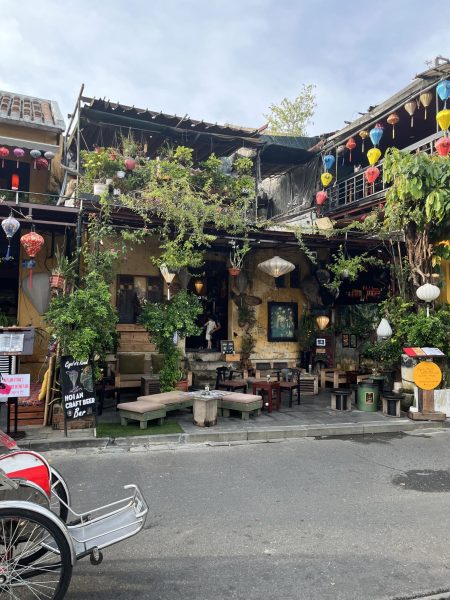
To celebrate, a popular tradition is for families to reunite together for a large dinner. Traditionally, relatives and close friends will give each other symbolic foods such as mooncakes, golden dense round pastries filled with lotus seed paste, and pomelos to represent completeness, reunion, and prosperity due to their round shapes.
Lanterns are lit up traditionally by families to yield off potential negative energy, and to light the way for a prosperous path for the future. Homes are decorated with lanterns, and at festivals people will carry around lanterns with them under the moonlit night.
Different cultures have different myths and folktales about the significance of the moon. In Vietnamese culture a woodcutter discovers a banyan tree that leaves the woodcutter with healing powers. As the woodcutter tries to harvest the tree, it grows up to the moon where he lands to stay on it. In Chinese, Singaporean, and Taiwanese culture, people are told the story of Chang’e and Hou Yi. The emperor of heaven gives Hou Yi an elixir of immortality, where Hou Yi then shares it with his wife, Chang’e. However, Chang’e drinks the entire elixir because an evil villain, Peng Meng, tries to steal it. Consequently, Chang’e floats up to the moon, and is forever remembered as such.
The Mid-Autumn Festival is much more than the celebration of the moon and harvest, but an important time for relatives and friends to come together to unite. Reunion is the true beauty of the holiday. Happy Mid-Autumn Festival!
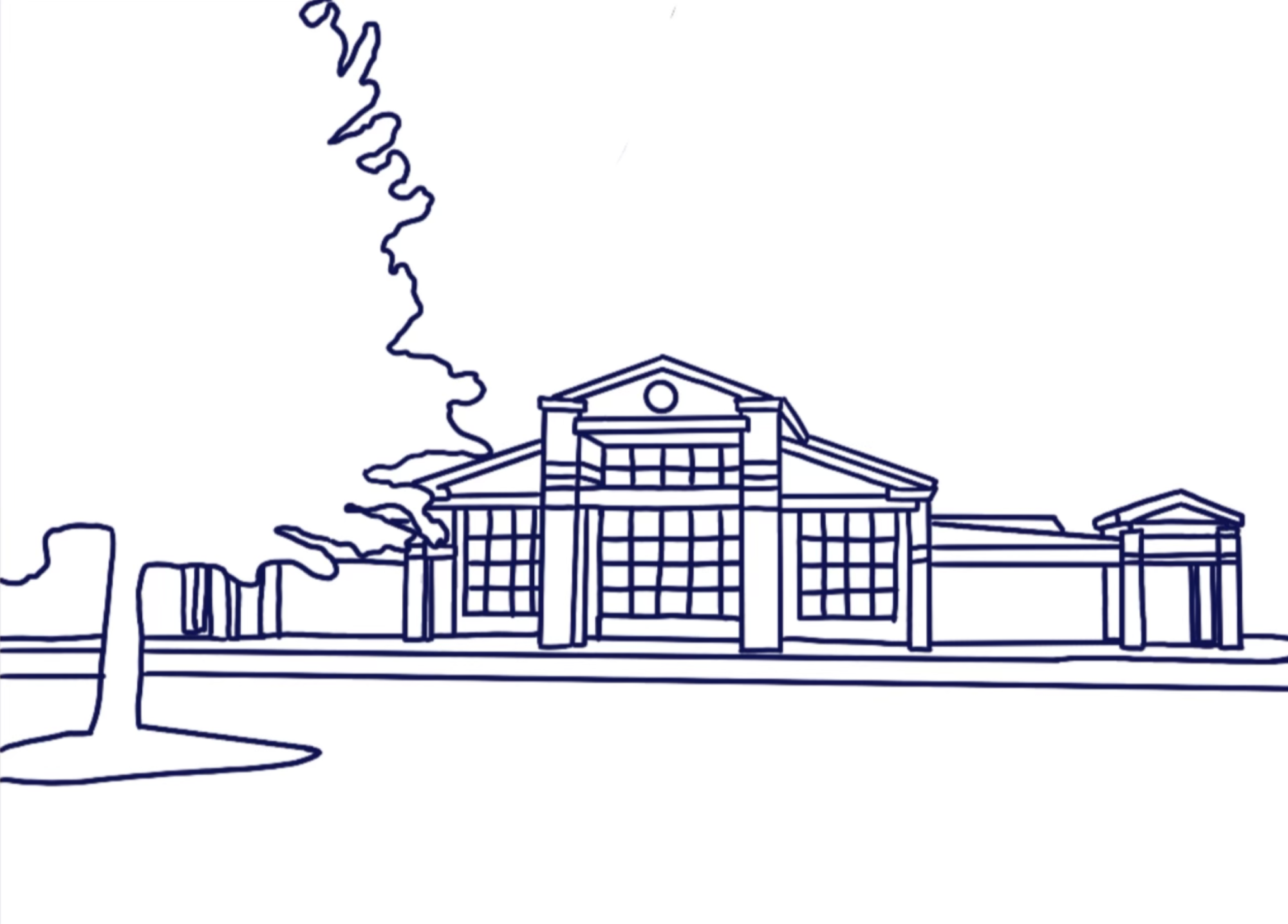












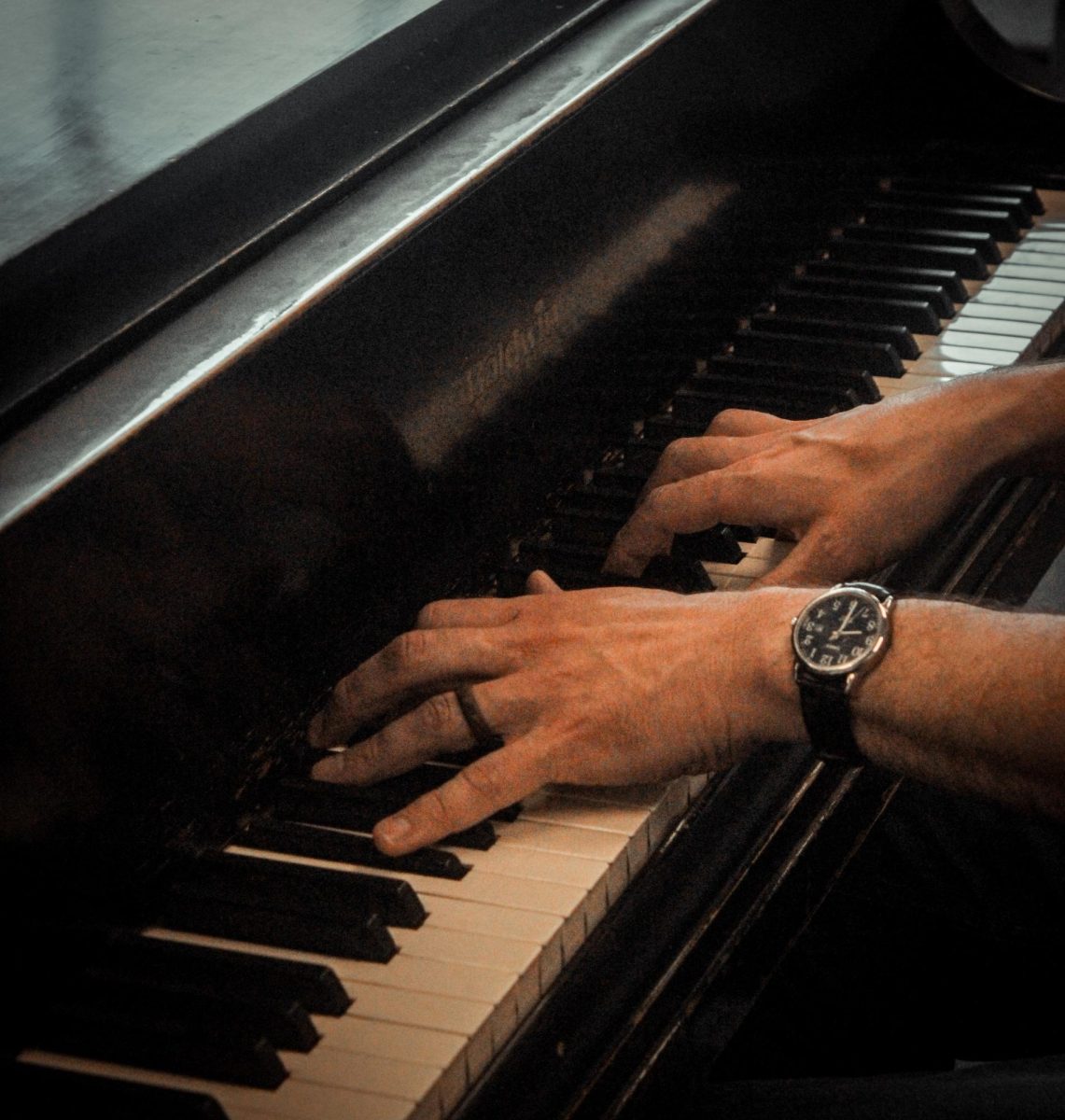
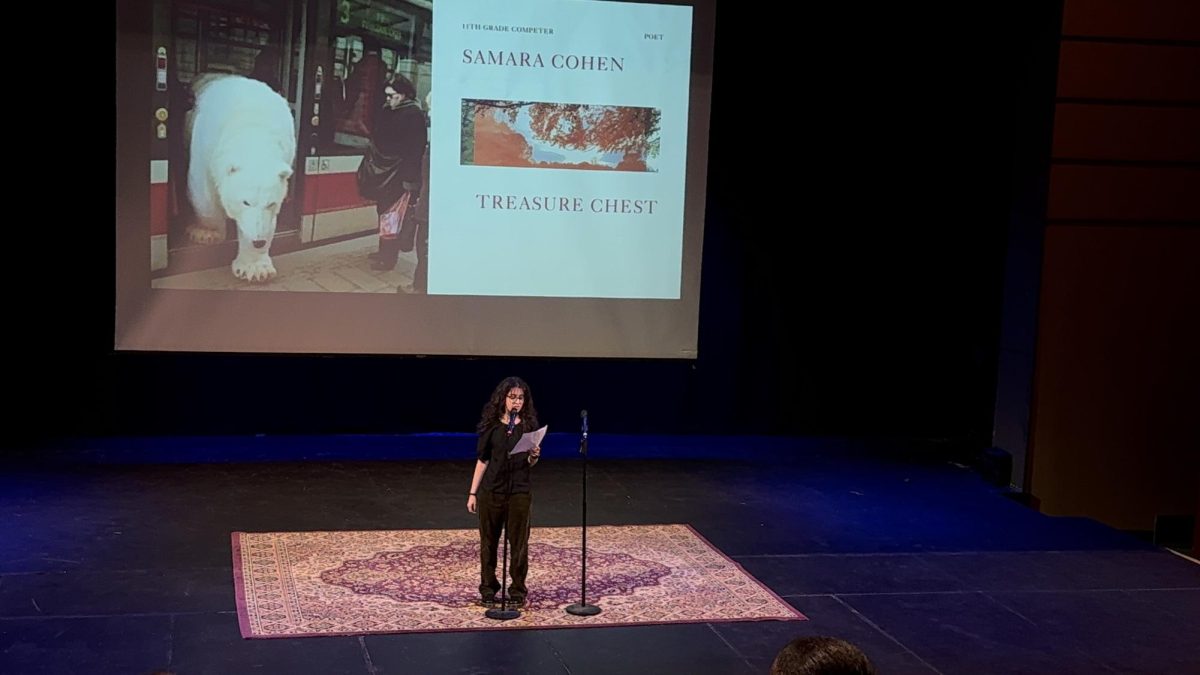
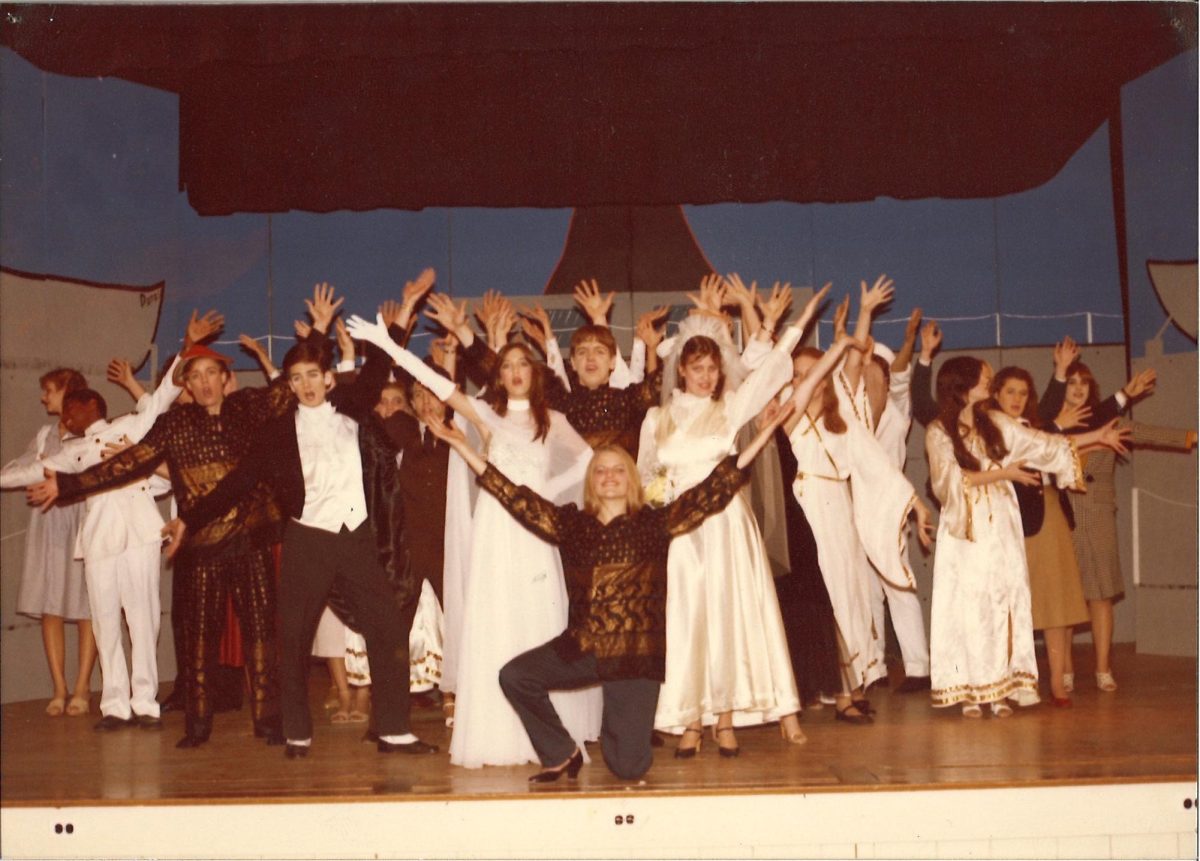


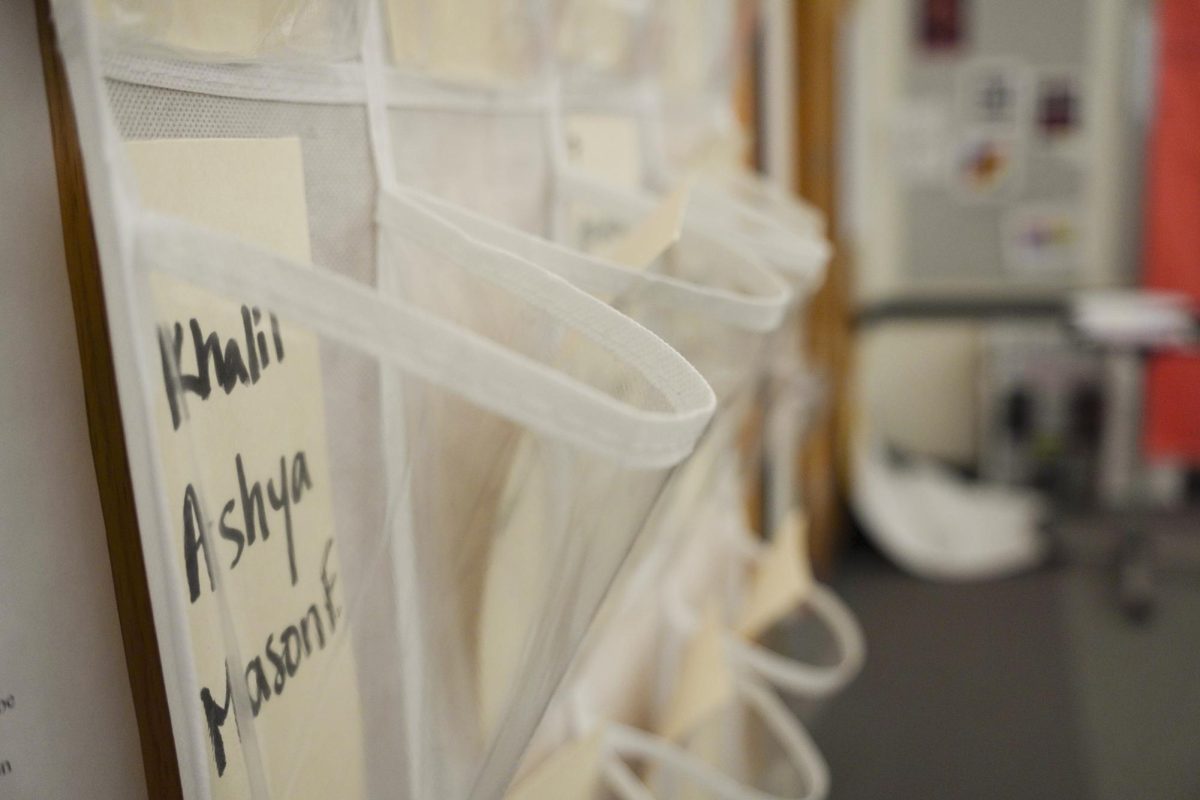

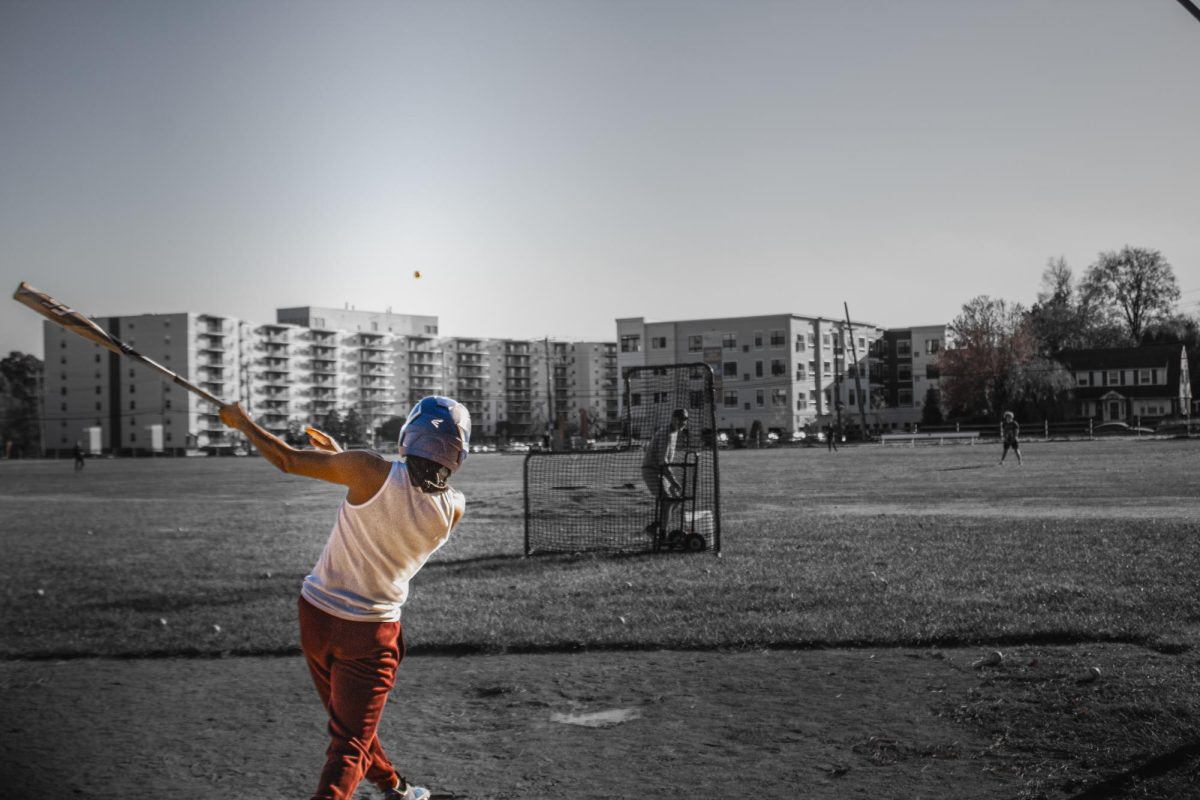



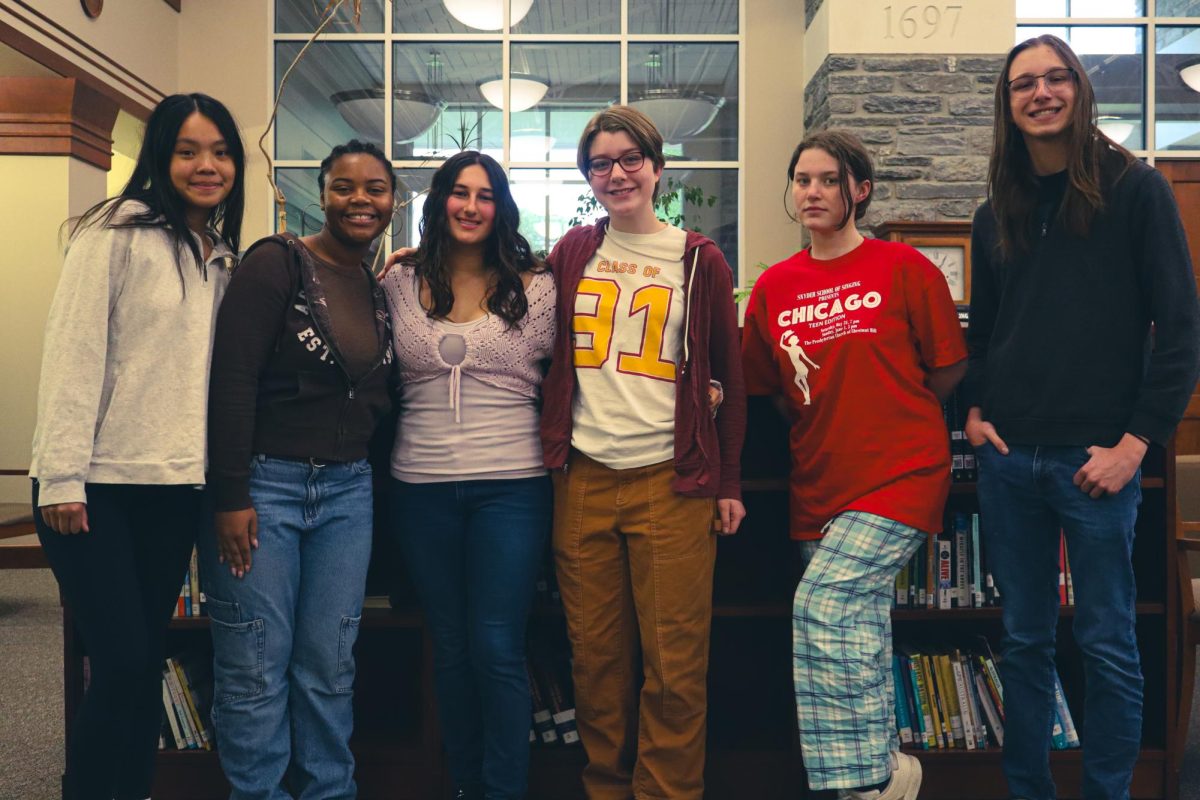
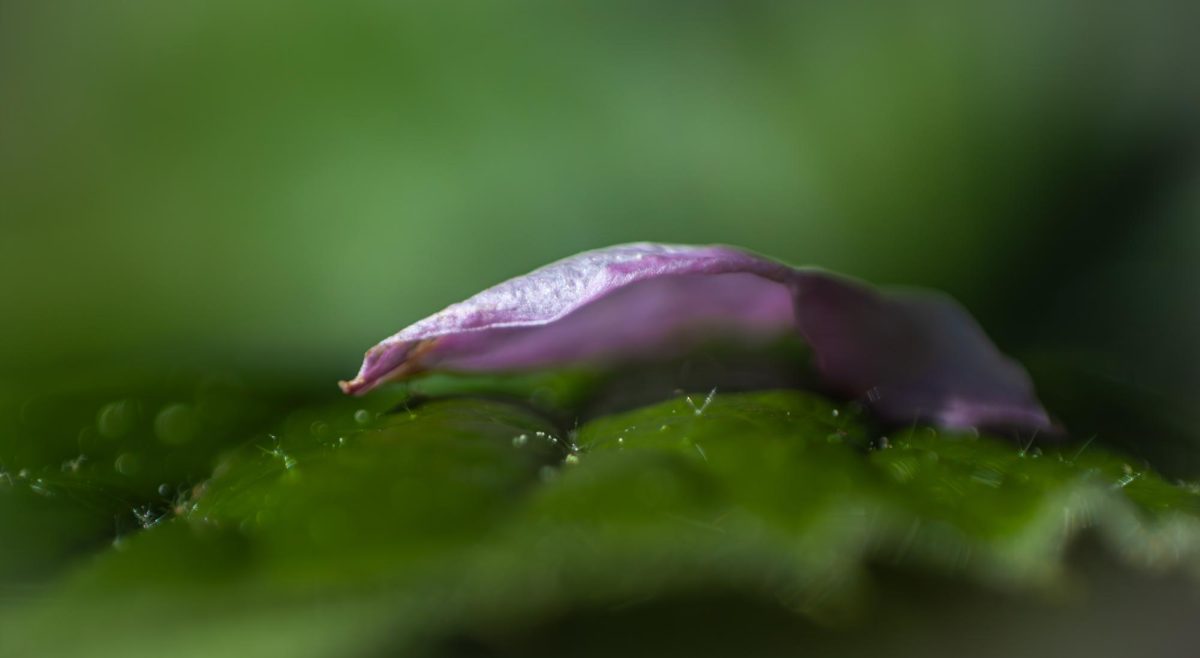
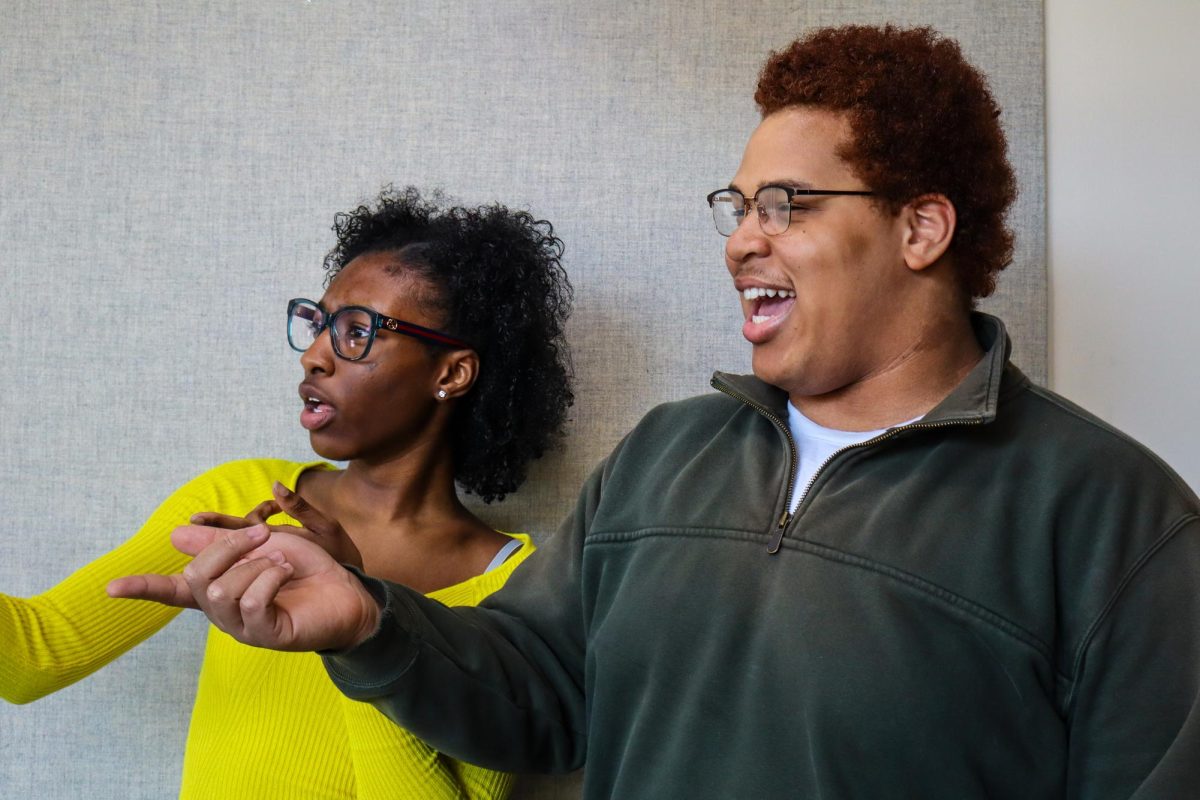
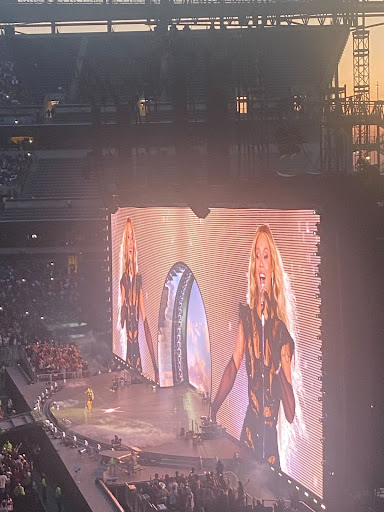
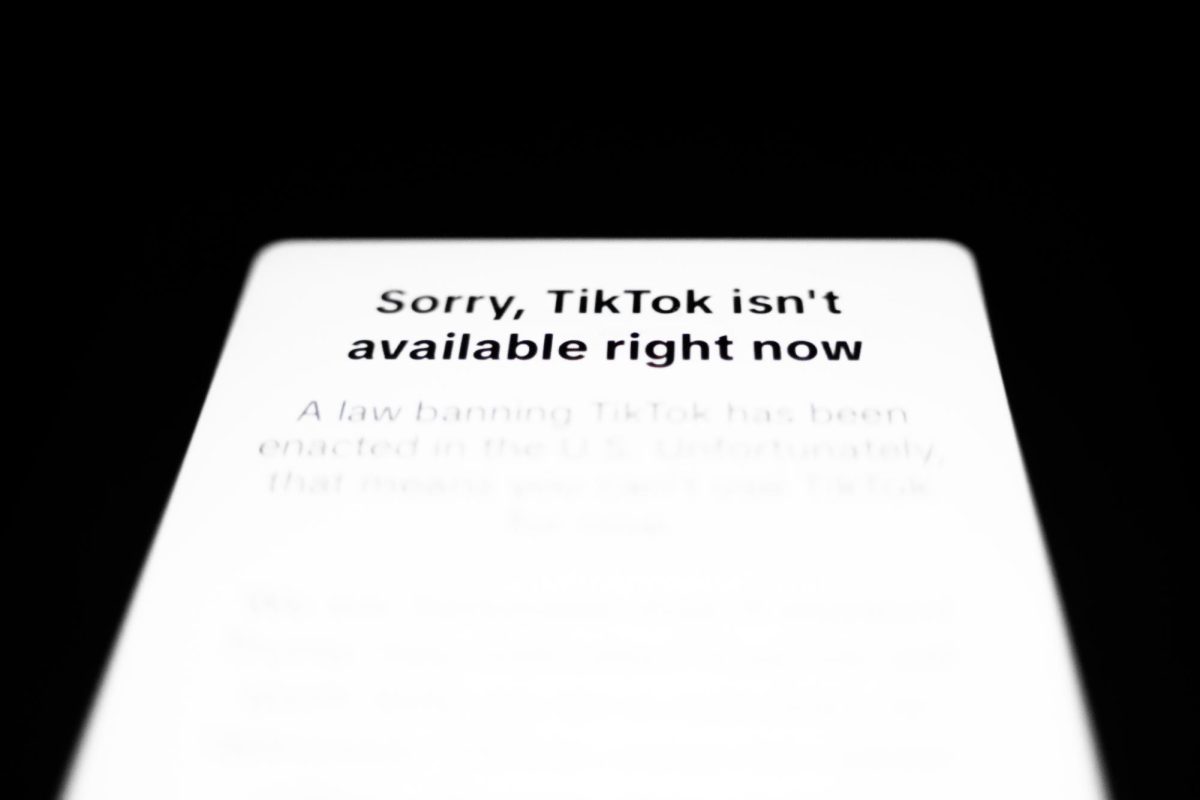

Grace J • Oct 15, 2025 at 11:40 am
This article is really well written, and I learned a lot about the Mid-Autumn Festival! Before I read this I knew of it but not the details and thus was engaging and informative. Lighting lanterns to ward off bad energy is a really cool and unique tradition. In my culture, Judaism, we have family and friends over for dinner, for holidays as well. I think that the connection to the harvest and celebrating success is important for moral, like a reward for your hard work. In Judiasm we don’t relate any holidays to the harvest, but we do have special foods for specific celebrations. For example, we eat apples and honey during to new year, to represent a sweet year.
Olivia • Oct 15, 2025 at 9:23 am
This article was really cool & I enjoyed the folktales shared amongst cultures! I celebrate the Mid-Autumn festival some years, and I agree that reunion and sharing dinner are key parts to making the festivities special. I don’t particularly do everything like traditionally done in this article, but my family does a version of it… for example, we don’t hang lanterns. Another yearly event that I know my relatives celebrate is Diwali, which is also celebrated in the fall. They incorporate lights and candles into their celebrations as well, and I think that’s awesome.
Thank you so much for sharing! I hope to learn more. 🙂
Divya B • Oct 13, 2025 at 11:55 am
I personally dont celebrate the mid-Autumn festival, but I think its a really cool concept and in my culture, we have celebrations that honor colors, Gods, and candle lighting. In India, cultural celebrations are really big and meaningful to us, and we spend days decorating the whole country and celebrating together as a community. I think in some ways, the mid-autumn festival is similar to the traditional Indian celebrations, considering the colors and the set up. This article was really descriptive and I like how in-depth you were. Great Job!
Hunter • Oct 11, 2025 at 1:40 pm
While I don’t personally do much to celebrate the Mid-Autumn festival in America, my family in Korea celebrates Chuseok, which is a version of the festival specific to the country. Chuseok is similarly celebrated through a large meal with extended family to celebrate the autumn harvest, but instead of mooncakes, songpyeon is typically eaten. I don’t typically do much to celebrate this in America besides talking to my family, but I do celebrate Thanksgiving by similarly gathering and eating with my family here.
Henry • Oct 7, 2025 at 11:19 am
Thank you for sharing this. Before this I never heard of the Mid-Autumn Festival, and I’m glad to say that this has made me very interested in the Festival. Thank you for this great read.
Nika • Oct 7, 2025 at 7:51 am
Thank you for writing about the Mid-Autumn Festival Alana. As a Korean girl who was born in Uzbekistan, it is sometimes hard for me to celebrate all of the Korean traditions. I appreciate your article because I got to learn more about this celebration and some of the history behind it. I am fascinated by the overlap of different Asian cultures and how we celebrate in our own ways. I noticed how a lot of Asian celebrations value family gatherings and eating together. I think it’s interesting because family dinner is something that has always been important to me and my mom.